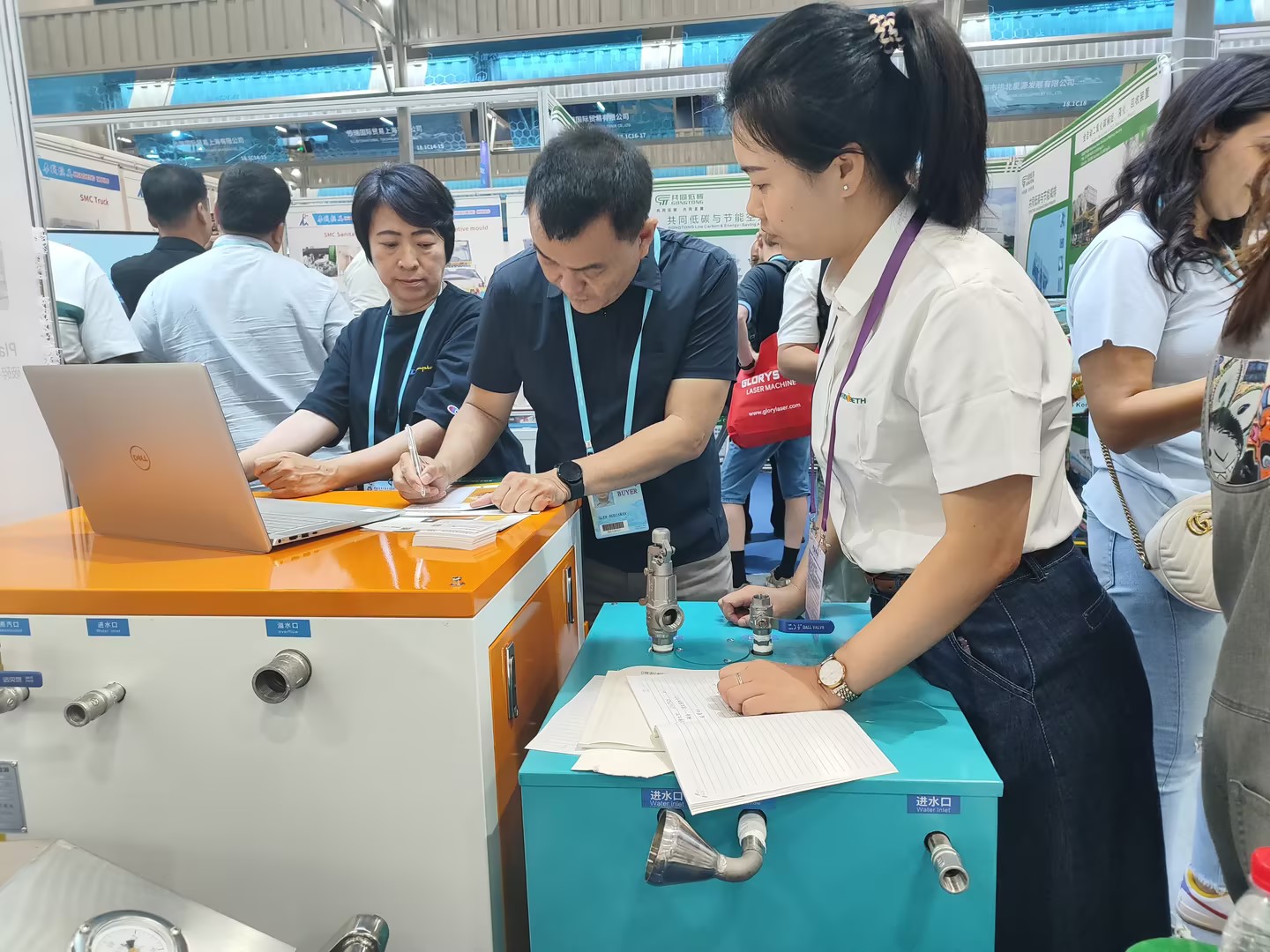With the goal of “carbon peaking and carbon neutrality” being proposed, a broad and profound economic and social change is in full swing, which not only puts forward higher requirements for enterprise development, but also provides major opportunities. Carbon peaking and carbon neutrality is a comprehensive cross-industry and cross-field matter involving all enterprises. For enterprises, how to better achieve carbon neutrality can be considered from the following perspectives:
Proactively carry out carbon accounting and carbon disclosure
Find out your own “carbon footprint” and clarify the scope of carbon emissions. On the basis of clarifying the scope of emissions, companies need to clarify the total amount of emissions, that is, carry out carbon accounting.
When faced with the choice of similar products, consumers are more likely to choose products from companies with high business transparency and proactive disclosure of their impact on humans and the earth. To a certain extent, this will stimulate companies to conduct transparent and sustainable information disclosure, thereby enhancing product competitiveness. Under the carbon neutrality goal, enterprises, as the main body of carbon emissions, are more responsible for conducting high-level carbon risk management and high-quality information disclosure.
Enterprises should establish their own carbon risk management system, systematically assess carbon risks, adopt a combination of proactive prevention, control, compensation, commitment and opportunity conversion to manage carbon risks, assess carbon emission reduction costs, and regularly update the carbon risk management system. Incorporate carbon risk management and carbon compliance into the mix.
Establish scientific carbon emission reduction goals based on the characteristics of the enterprise. After calculating the current total carbon emissions of the enterprise, the enterprise should formulate its own carbon emission reduction goals and objectives based on its own business characteristics and combined with my country’s “30·60″ dual carbon goals. Planning, and cooperating with the introduction of clear and specific emission reduction implementation paths for carbon peaking and carbon neutrality, are the prerequisites for ensuring the achievement of goals at each critical time node.
The main technical measures for enterprises to reduce carbon emissions include the following two aspects:
(1) Technology to reduce carbon emissions from fuel combustion
The fuels used by enterprises include coal, coke, blue charcoal, fuel oil, gasoline and diesel, liquefied gas, natural gas, coke oven gas, coal bed methane, etc. The main factor that affects fuel consumption and carbon emissions is the process, but there are still many technologies to reduce carbon emissions in fuel purchase and storage, processing and conversion, and terminal utilization. For example, to reduce the deadweight loss of organic components in fuel, the fuel used should meet the design requirements of boilers and other combustion equipment to reduce energy waste in the combustion process.
(2) Process carbon emission reduction technology
The process may result in direct emissions of greenhouse gases such as CO2, or the reuse of CO2. Technical measures can be taken to reduce carbon emissions.
In the process of verifying carbon emissions, process carbon emissions do not include carbon emissions from fuel combustion and purchased electricity and heat. However, the process plays a key role in the carbon emissions of the entire enterprise (or product). Through the improvement of the process, the amount of purchased fuel can be significantly reduced.
Production-oriented enterprises can reduce pollution to society by reducing fuel carbon emissions and carbon emission reduction technologies. By introducing Nobeth steam generator equipment and combining the content of the enterprise’s own production, they can determine the amount of steam they need as a basis. Select the most appropriate rated power and quantity of gas steam generators. At this time, the losses caused during actual use will be reduced, and the energy saving effect will be more obvious.
The working principle of the steam generator is to fully contact the air with the fuel. With the help of oxygen, the fuel will burn more fully, which not only reduces the emission of pollutants, but also improves the actual utilization rate of the fuel. Compared with ordinary boilers, steam generators can reduce the exhaust gas temperature of the boiler and improve the thermal efficiency of the boiler. It can also improve work efficiency and save costs.
Therefore, for areas with gas supply, it is very cost-effective to use gas steam generators. Compared with other types of fuel steam generators, fuel steam generators can not only save fuel use, but also reduce pollution.
Post time: Oct-31-2023






